Ketogenic Diet Shopping Guide
Many people starting out on a ketogenic diet feel overwhelmed and anxious when shopping for groceries. The store is filled with thousands of products and you have to figure out which ones are keto-friendly. With so many options, it can be hard to decide what to actually buy. I am going to take the guess work out of grocery shopping and give you tools to make it easier and even enjoyable! This ketogenic diet shopping guide is designed to help you along your keto journey.
I LOVE grocery shopping. I love being in the store, choosing healthy vegetables, herbs, and protein, and thinking of how I can incorporate the foods into a delicious dinner for my family. One of the benefits of a ketogenic diet is that it boosts brain function. It is amazing at the things that suddenly become enjoyable when you get that extra kick in brain power.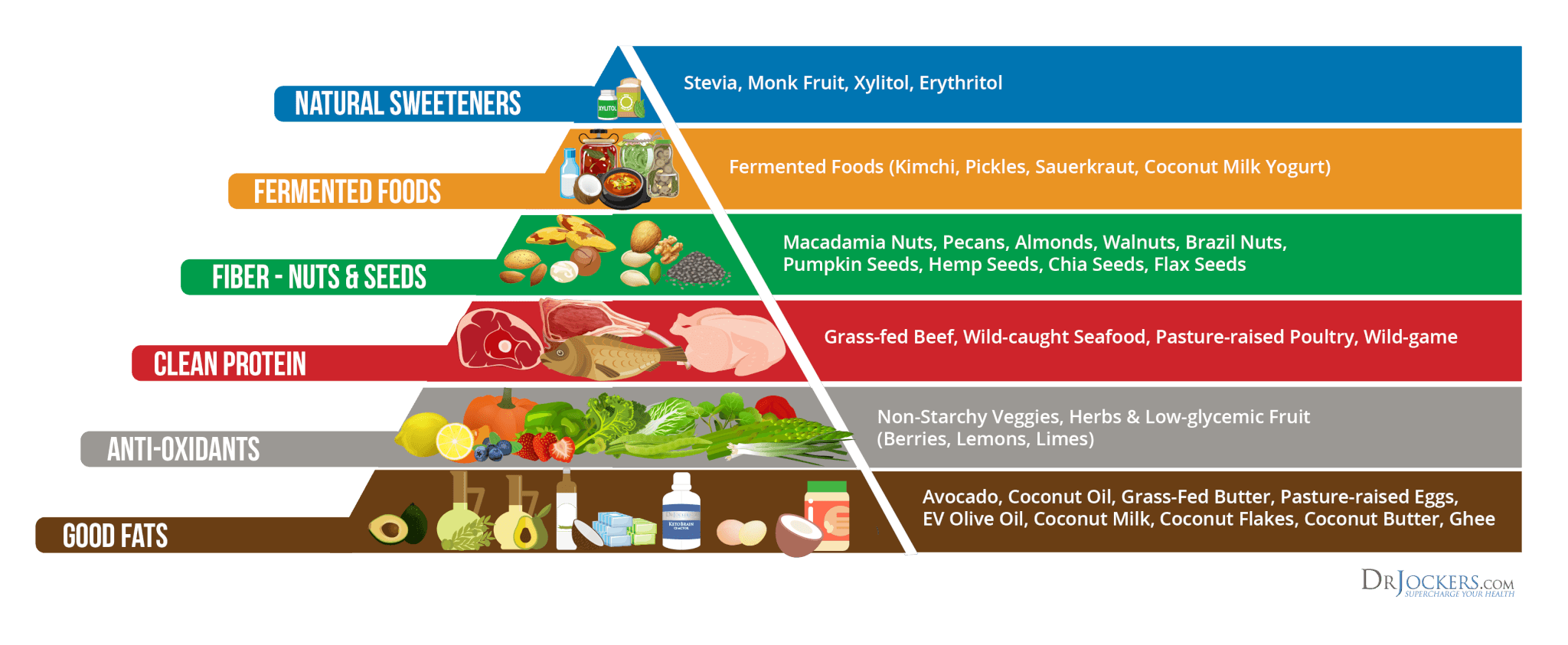
Shopping Tours
I love leading shopping tours. One of the big things I have noticed is that when someone is looking to improve their health, they begin to understand the concepts, yet there are still barriers that are blocking their success. One of these is knowing what to actually buy at the grocery store. This is when I decided to start meeting up with people in the actual grocery store to show them around and point out the best foods along the way.
In this article, I am basically going to take you through a typical shopping tour. I will tell you what foods to buy, how to incorporate these foods into your diet, and how to avoid common mistakes when grocery shopping. Using the guidelines and tips in this article, you will be able to shop for success on a ketogenic diet.
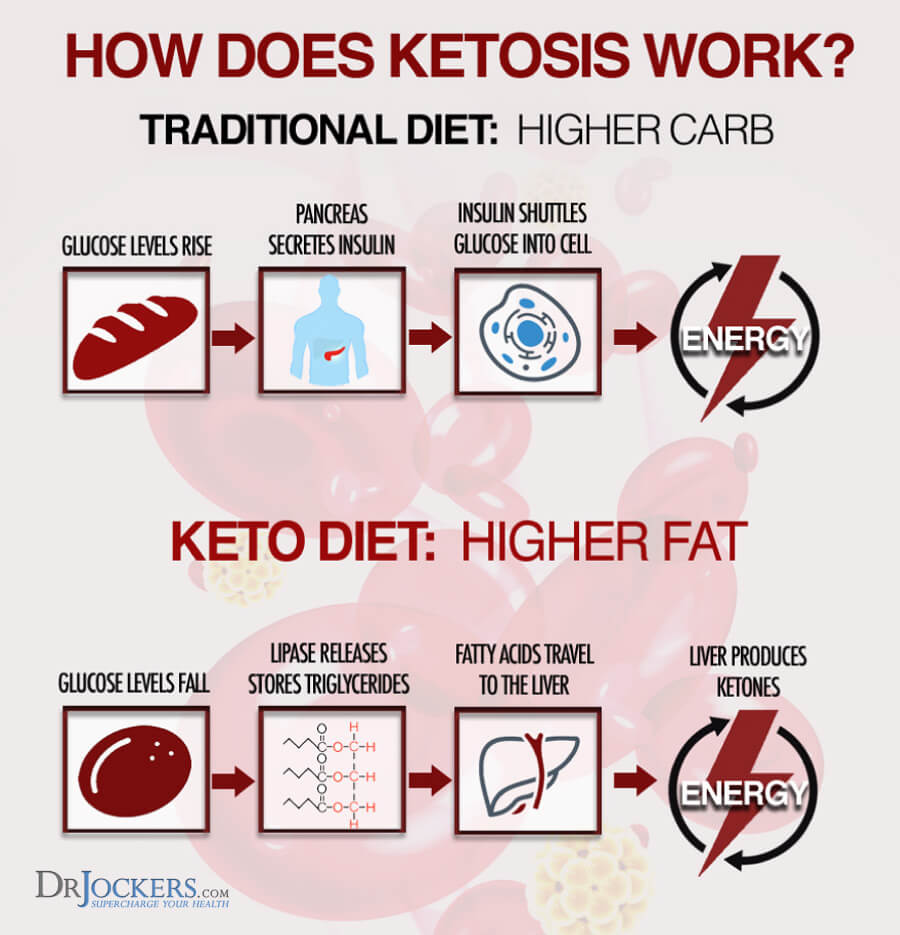
What are the Foundational Foods on a Ketogenic Diet?
The ketogenic diet is a nutrition plan that helps the body produce ketones from dietary and stored fats. It can then utilize these ketones as an energy source instead of sugar. Getting the body into this state has several benefits.
This nutrition plan is low in carbohydrates, moderate in protein, and high in fats. The general breakdown of the ketogenic diet is 60-80% fats, 10-30% protein and 5-10% carbohydrates. The variance in the ranges depends upon how active the individual is and sensitive they are to carbohydrates and protein.
The ketogenic diet has numerous health benefits. A recent study found that a ketogenic diet extends longevity and health span (1). Additional benefits of the ketogenic diet include reduced inflammation, improved fat burning, mental clarity and sharpness, abundant energy, clear skin, reduced cravings, mitochondrial biogenesis, anti-aging, and reduced risk of chronic disease (2). You can read more about these benefits by clicking on the image below.
The Produce Section
I always start shopping tours in the produce section. When following a ketogenic nutrition plan, you want to buy low-carbohydrate, non-starchy vegetables and low-glycemic fruits. Many people following a ketogenic diet have quite a heavy emphasis on animal proteins and animal products in general.
While I believe these things have their place, I like to emphasize getting plenty of nutrition from plant-based foods to flood the body with micronutrients that further support the already amazing benefits of being in a ketogenic state.
Low-Carbohydrate, Non-Starchy Vegetables
There is a wide variety of low-carbohydrate, non-starchy vegetables included in the ketogenic diet. You can incorporate these vegetables into ketogenic meals in many ways.
Broccoli, cauliflower, asparagus, green beans, onions, and Brussel sprouts are excellent roasted in coconut oil to bring out their natural sugars. Leafy greens like kale, swiss chard, arugula, spinach, collards, and turnip greens can be sautéed, added to smoothies, or used as the base for salads. Lettuces like Bibb and butter lettuces can be used as wraps or in salads.
Celery, shallots, cucumber, sprouts are all non-starchy vegetables that I like to add to salads. Vegetables that you can use as “noodles” or grain substitutes are spaghetti squash, zucchini, and summer squash. Top the “noodles” with mushrooms, broccoli rabe, and garlic. A homemade pesto with fresh basil and olive oil is delicious to blend it all together.
Cauliflower is one of my favorite ketogenic-friendly vegetables because it is so versatile. You can roast it, mash it, or make cauliflower rice for curry dishes. Another way to use cauliflower is to make a low-carb pizza crust. You can use pesto for the sauce and top it with your favorite vegetables and grass-fed goat cheese, or have a meat-lovers pizza with grass-fed ground beef and grass-fed cheese.
Low-Glycemic Fruits
Most fruits are too high in sugar to be included in a ketogenic nutrition plan. Fruits that can be included are lemons and limes, strawberries, blackberries, blueberries, raspberries, and granny smith apples. Berries you will still want to keep to about a ¼ cup serving at a time.
Because berries can go bad quickly, it is great to purchase frozen organic berries. I prefer the frozen berries in smoothies.
Lemons and limes contain citric acid, potassium, vitamin C and bioflavonoids. These nutrients help improve energy levels, alkalize the body, enhance liver detoxification, and reduce inflammation. Because lemons and limes have a thick peel, it isn’t necessary to buy organic unless you are going to consume the peel (as in juicing them).
A great way to use lemons and limes is to squeeze a quarter to a half of one in water each morning (either with ACV or separate). You can also drink this 30 minutes before a meal to start the digestive process. Another use of lemons and limes is to add the juice to avocado or olive oil and use as a salad dressing or meat marinade.
Avocados
Avocados are an amazing fruit and an absolute staple food in my kitchen. They are loaded with good fats that enhance cell membrane activity, balance hormones, and speed up metabolism. Avocados are also rich sources of fiber and potassium which help remove excess water and cellulite from the body.
Because avocados have a hard-outer peel, you do not have to spend extra money to buy organic. My grocery cart is always full of avocados on my shopping trips!
There are many ways to use avocados. You can add them to smoothies or puddings for creaminess. Avocados are also delicious on salads, wraps, or meat dishes. My favorite way to use avocados is to make guacamole. I add fresh cilantro, shallots, chopped tomatoes, and fresh lime juice to create a powerfully nutritious guacamole that I dip with cucumber slices.
A key to success with a ketogenic diet is learning to create variety by using ingredients in creative ways. For some of my favorite recipes featuring avocados, check out this article.
Fermented Foods
Fermented foods are included in the ketogenic diet. Some can be found in the produce section such as dill pickles, sauerkraut, and kimchi. Apple cider vinegar is in the pantry section while coconut milk kefir, coconut milk yogurt, and coconut water kefir are usually found when shopping in the refrigerated section.
These are all fermented foods that supply beneficial probiotics and enzymes to your digestive tract. Always be sure to look at the label though as certain items may have added sugar, yogurt in particular is notoriously high in sugars.
Fermented foods can improve the health of your digestive system, maximize nutrient absorption, and detoxify the body. They are also beneficial for strengthening the immune system and reducing inflammation throughout the body. A serving of these daily can go a long way. Most people don’t even think about these when shopping but they are too full of nutrition to pass up! Be sure to write fermented foods on your shopping list!

Fresh Herbs and Spices
Herbs are essential to every ketogenic meal. They are not only great for adding unique flavor, they are loaded with antioxidants, flavonoids, antimicrobials, and enzymes. In fact, just the act of smelling herbs while cooking stimulates the digestive process before you even take a bite of food.
Cilantro and basil are two of my favorite fresh herbs. Fresh cilantro is delicious in guacamole and over salads. Fresh basil can be added to garlic and olive oil to make a delicious pesto. Pesto’s are great to mix with spiralized vegetables or to coat cooked meats. Take your pesto to the next level by throwing in some MCT oil and an avocado.
Many grocery stores now carry fresh ginger and turmeric. I will discuss the benefits of these spices below. Both turmeric and ginger are great to add to smoothies, soups, teas, and curry dishes.
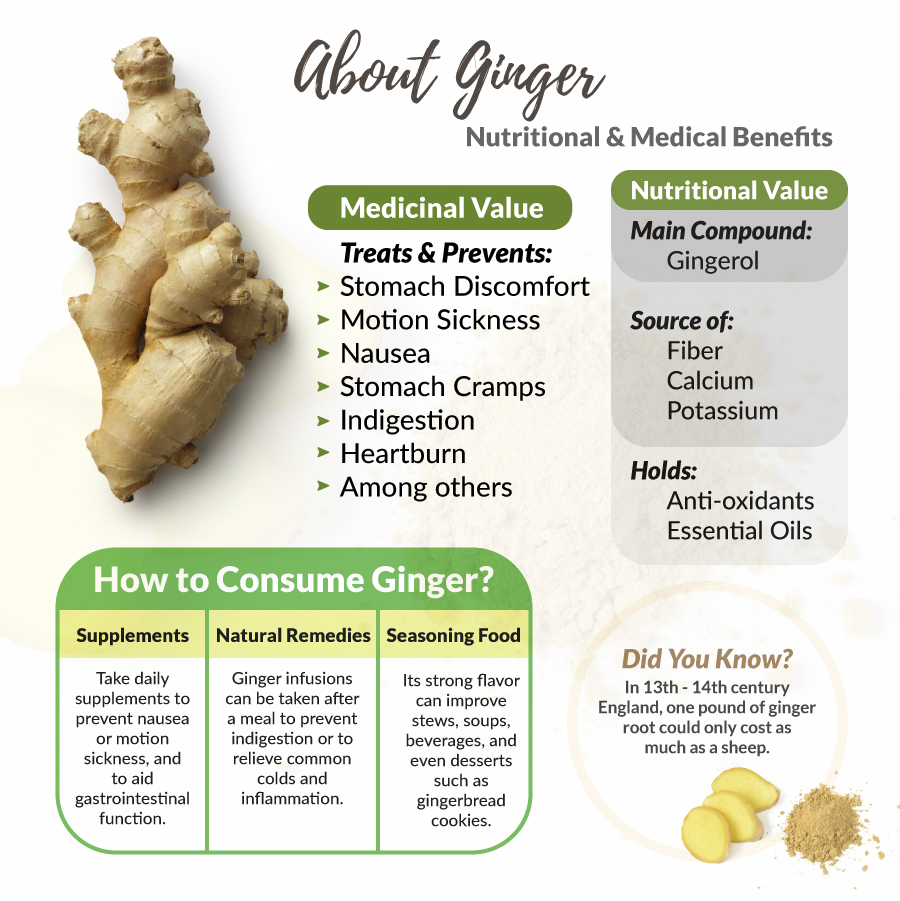
The Meat Counter
Clean protein sources are wild-caught, organic, and/or pasture-raised meats. The best options are grass-fed beef, bison, and lamb; organic, pasture-raised poultry; wild-caught salmon or sardines; and wild game such as bison, lamb, and venison.
These meat sources are extremely rich in conjugated linoleic acid (CLA). CLA is a powerful metabolic fuel that enhances glucose sensitivity. CLA is known to improve the ability of fatty acids to enter the muscle and connective tissue cell membranes where they can be burned for fuel. You can find these when shopping at health food stores and online shopping through companies like US Wellness Meats.
It is critical that you avoid farm-raised fish and commercial meats. Farm-raised fish, as well as commercial beef, pork, and poultry are fed with genetically modified grains and injected with toxins. Labels claiming all natural or antibiotic free are still conventionally raised and very poor choices.
It is also important to look for 100% grass-fed beef. The label may say “grass-fed” beef but the cows could technically have been grain- finished and consumed grains for up to half of their life (usually at the end to fatten them up) in which case the meat will be more inflammatory and fat-storing!
Pantry Items and Dry Goods Section
The pantry (or dry goods section) is usually in the middle of the store. This area of the store can be a huge challenge when shopping on a ketogenic diet. There are so many options, some of which sound healthy but are not. The following suggestions can guide you through this overwhelming shopping section of the grocery store.
Coconut Products
Coconuts are loaded with powerful medium-chain fatty acids that have a profound effect on metabolism, the immune system, and brain activity. Coconut oil is rich in lauric acid which helps maintain blood sugar and healthy cholesterol levels. Coconut oil can also be used on the skin as a moisturizer and to prevent wrinkles and on the hair to nourish the scalp.
To get more of these healthy fats, it is better to buy the full-fat canned coconut milk rather than the refrigerated coconut milk in the carton. The refrigerated coconut milk is a great alternative to pasteurized dairy, but often has most of the fat removed. I use coconut milk in my favorite ketogenic meals, coconut curry and Thai coconut turkey.
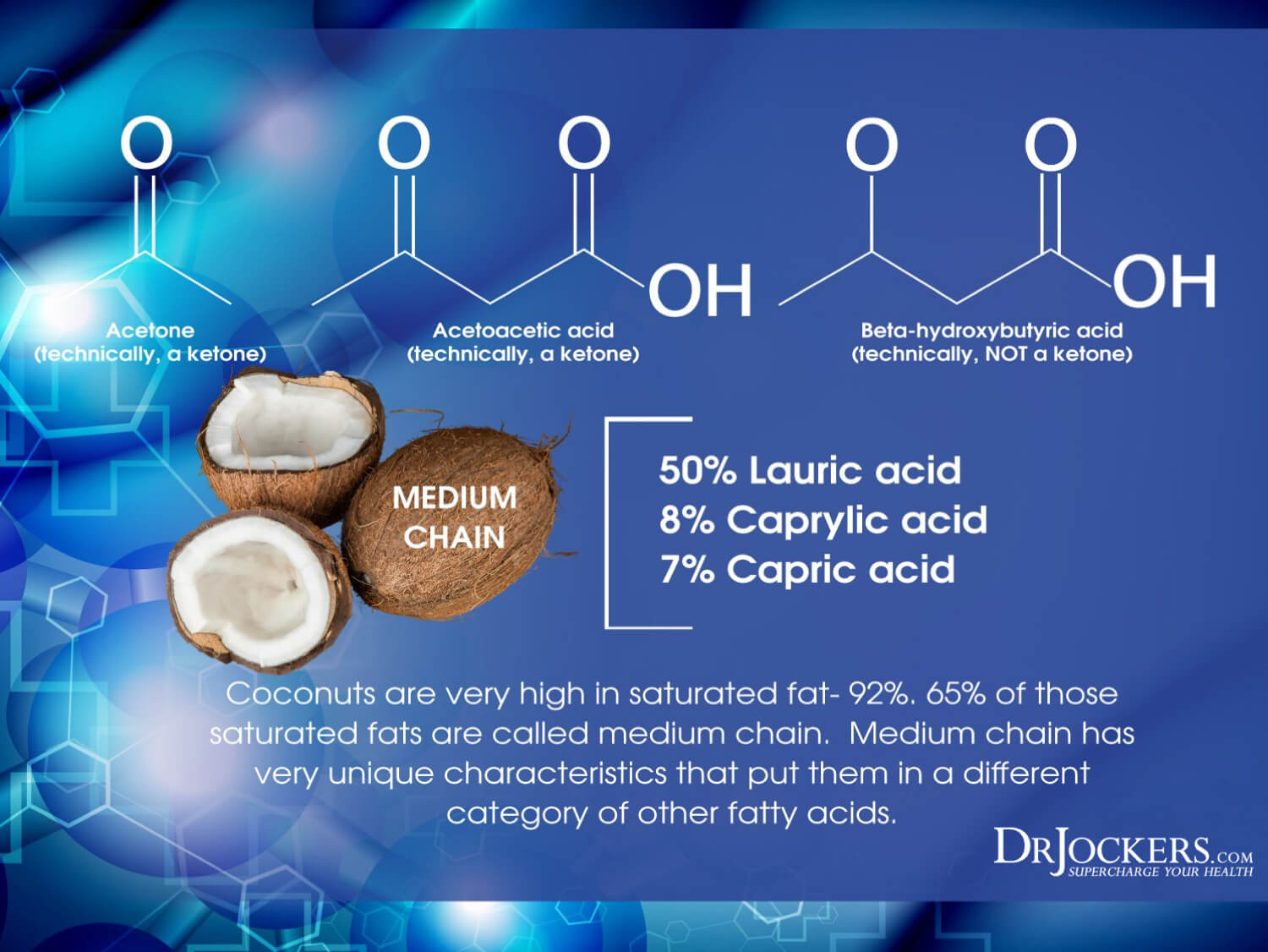
With the popularity of coconut products, it can be confusing as to what to buy. For coconut oil, look for virgin or extra virgin coconut oil. Other great coconut products are raw coconut butter (also called manna), coconut flour, coconut flakes, and coconut meat. It is best to buy organic coconut, but it is better to have non-organic coconut than no coconut at all.
Coconut flour is a functional food that is gluten-free, high in protein, has a low glycemic index, and provides dietary fiber. Coconut flour is very absorbent, so you can use less of it compared to other grain flours. Add eggs to bind and enough liquid (such as coconut milk) to get the desired consistency.
Coconut oil is a great oil for cooking. You can use coconut butter, coconut milk and coconut flakes in a wide variety of recipes from smoothies to muffins. Coconut butter is also delicious melted over roasted vegetables or in treats such as blueberry coconut cream bars.
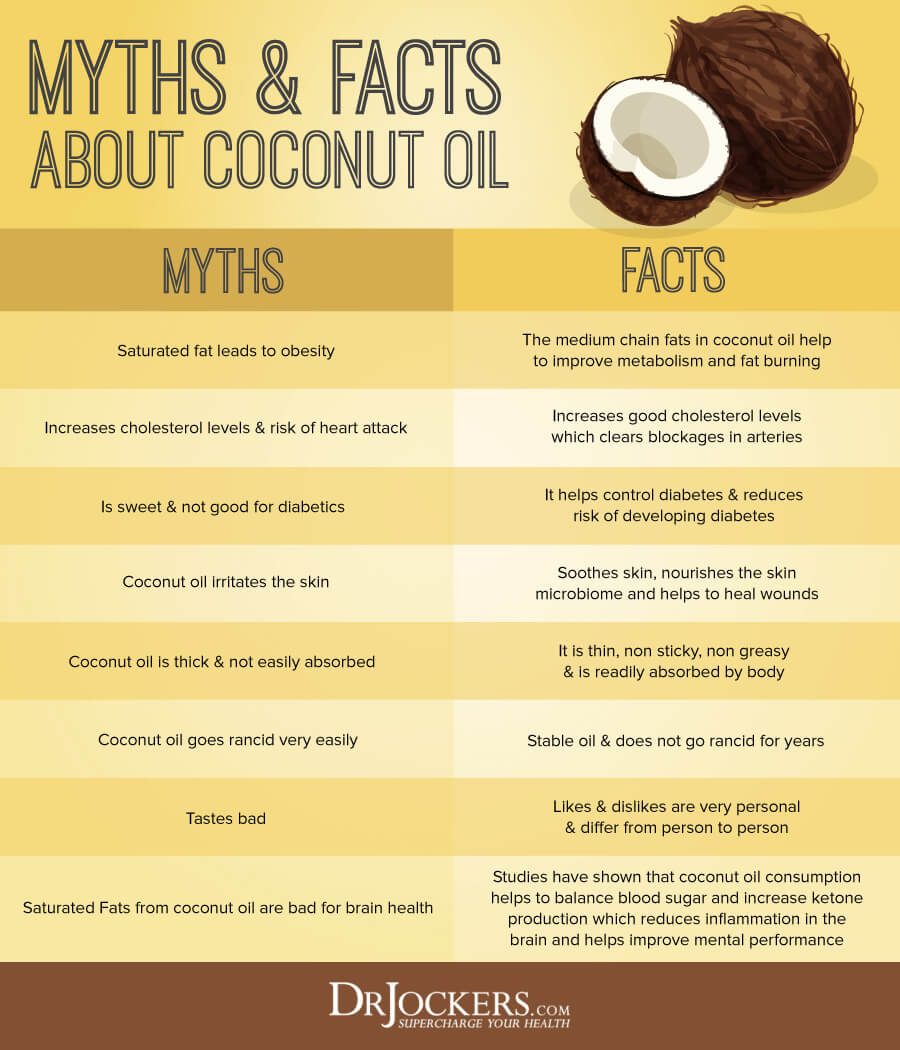
Olive and Avocado Oils
Olives and avocados and their oils are rich in monounsaturated fatty acids. Consuming monounsaturated fatty acids may protect you from heart disease by lowering LDL and total cholesterol, improve the function of blood vessels, help prevent depression, improve body composition, and improve insulin sensitivity and blood sugar control (3,4). They have even been shown to reduce cancer risk (5).
Avocado oil is a healthy fat that is great for high-heat cooking. It has a smoke point of 570 degrees. Olive oil has a lower smoke point and is best used drizzled over cooked foods or as a salad dressing.
Extra virgin olive oil is the healthiest form of olive oil and has the richest flavor. It is made without any heat or chemicals and is delicious as a salad dressing or drizzled over cooked vegetables and meats. Rather than use pre-made dressings, I always encourage my clients to use olive oil with fresh lemon or apple cider vinegar.
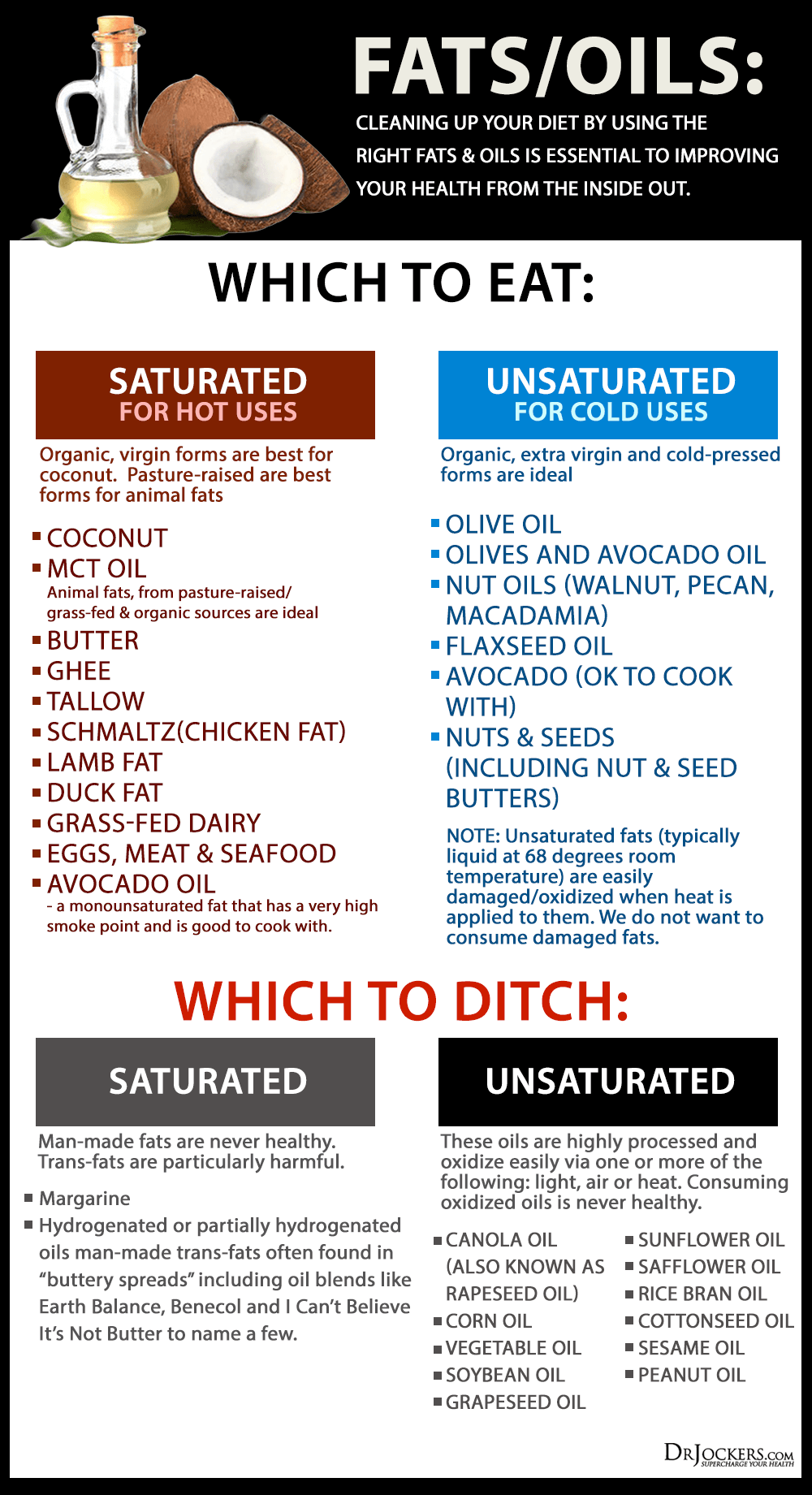
Apple Cider Vinegar
Speaking of apple cider vinegar, it is a powerful addition to your ketogenic nutrition plan. The highest quality ACV is raw, unpasteurized, and with the mother intact. The mother is the fermenting piece of apple and has the highest concentration of beneficial enzymes.
In addition to enzymes, apple cider vinegar contains acetic acid, and other beneficial organic acids. There are many ketogenic benefits of apple cider vinegar. It improves blood sugar balance, aids digestion, curbs carb cravings, and improves fat burning.
There some great ways to incorporate more apple cider vinegar on your ketogenic diet here.
Herbs & Spices
Herbs and spices are the key to flavor for many dishes. They also have amazing health benefits. You should use herbs and spices with all your ketogenic meals as they are an often-overlooked source of some of the most powerful antioxidants on the planet. Be sure to spend some time on the herbs section the next time you go shopping.
One of my absolute favorite spices is turmeric. Turmeric powder should be added to foods after cooking to maintain its potency as an anti-inflammatory. Add a dash of black pepper and eat with healthy fats to allow for better absorption of the beneficial compounds. You can find some of my favorite ketogenic turmeric recipes here.
Another favorite spice is cinnamon, specifically Ceylon. Cinnamon can help lower blood sugar and other risk factors for heart disease, including cholesterol and triglycerides. Cinnamon can be added to coconut yogurt, apples, berries, or healthy fat treats for that savory dessert flavor.
Rosemary is one of my absolute favorite herbs. It is loaded with antioxidants and is particularly healthy for the brain. When rosemary is added to foods before frying, grilling, or broiling at a high temperature, it has been shown to lessen the carcinogen load. Rosemary is great for fighting cancer and making foods delicious! I love adding rosemary to cauliflower and roasting the cauliflower in coconut oil. Rosemary is also delicious with meat dishes.
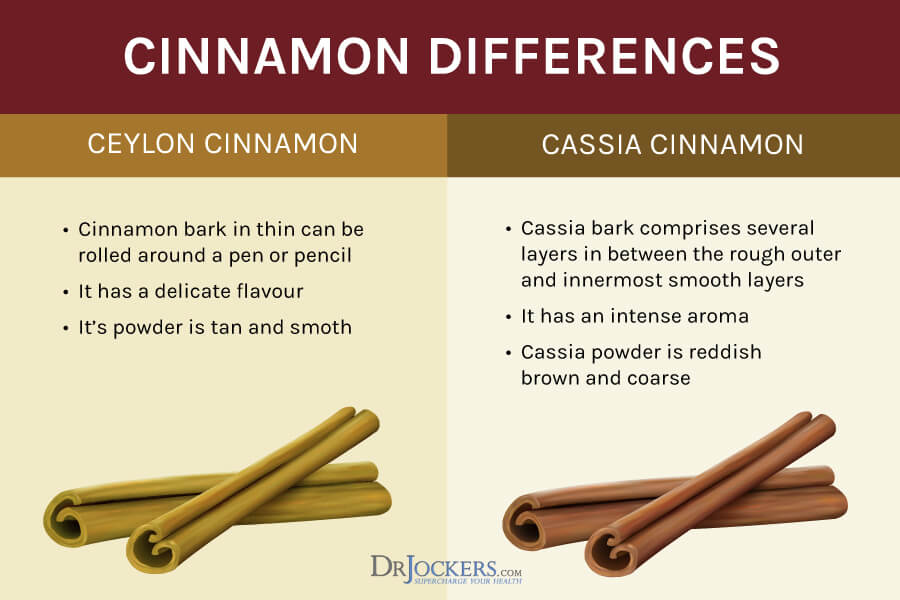
Ginger is effective for combating nausea, constipation, and oxidative stress. It is great for stimulating bile flow, calming inflammation in the gut, and improving detoxification. The powdered form of ginger is spicy and delicious added to salad dressings, green juices, and Asian meals.
Two other powerful herbs are basil and oregano. Basil can help combat stress, relieve headaches, and aid digestion. Oregano is a powerful anti-cancer agent, improves digestion, and can help fight off harmful pathogens such as yeast, bacteria, and parasites. Oregano oil can be added to bone broth to help with gut dysbiosis. While it may not taste the best, it is powerful to kill off pathogens. Adding ghee and pink Himalayan sea salt also helps with flavor!
Thyme is a great source for Vitamins A, B complex, E, K, and C. It is also full of antioxidants, electrolytes, and minerals. Some of the compounds in thyme can improve mood, lower blood pressure, and fight unwanted bacteria. Thyme tastes great along with other herbs in Italian-inspired dishes and sprinkled over meats.
Sage has become well known for its anti-inflammatory and antibacterial effects. Sage also has anxiolytic properties that may help ease tension in the body.
I love seasoning blends such as Italian Seasoning which contain numerous herbs in one container. Italian seasoning is delicious added to most dishes, including omelets, salad dressings, and soups. Another delicious blend is Bragg’s Organic Sprinkle. It has 24 herbs and spices including garlic, peppers, and lemon zest.
Frontier Co-Op makes several seasoning blends that add tons of flavor to meals. One of my favorites are the Cajun Seasoning which has garlic, cayenne, paprika, cumin, and herbs. Other flavorful blends to try are Berbere, Poultry, Harissa, and Mexican Fiesta.
Black pepper has many benefits including anti-cancer properties and the ability to increase the bioavailability of other nutrients in our food. Along with black pepper, salt is a necessity.
When you remove carbohydrate-rich and processed foods from the diet and switch your metabolism over to burning fat, you have a tendency to lose water weight and excess sodium. Sodium is needed for energy stability, cell communication, and muscle movement. It is important to use Pink Himalayan Sea Salt over standard table salts and use it generously to help maintain adequate sodium levels. Pink Himalayan Sea Salt is the least processed and most natural form of salt available.
Nuts/Seeds/Butters
Nuts and seeds are an incredible and wholesome source of nutrients. They are convenient to take along with you for a nutritious snack. Nuts and seeds are low on the glycemic index and full of fiber, healthy fats, and proteins. Cashews, almonds, macadamia nuts, pecans, walnuts, pumpkin seeds, almonds, hemp seeds, chia seeds, and flax seeds can be part of your ketogenic nutrition plan.
Butters from nuts and seeds are also a great addition to your shopping list! Two of my favorites are by MaraNatha, almond butter and peanut butter. You can even use almond butter to make ketogenic bread!
Peanuts are notorious for containing aflatoxin, a byproduct of mold growth that is highly toxic, which is why I typically do not recommend consuming them. MaraNatha is one of the few companies I know of that actually takes precautions to ensure their peanuts are free from these toxins.
Nuts and seeds are commonly covered in oils that are highly inflammatory such as canola and vegetable oil. Be careful to check the ingredients and choose nuts that are in organic raw form and have no added inflammatory table salt or oils. Also watch out for added sugars.
Natural Keto Sweeteners
Stevia and monk fruit (or Lo Han) are great alternatives to sugar for those following a ketogenic diet. These natural sweeteners have no impact on blood sugar levels and have wide-ranging nutritive and health benefits, including immune-boosting, anti-cancer, and anti-microbial effects (6, 7). It is important to purchase both sweeteners in their purest, whole-food form or as a whole-plant extract for their full benefit.
Sugar alcohols such as xylitol and erythritol can also be used on a ketogenic diet. However, sugar alcohols can disrupt the gut microbiome and lead to digestive distress such as gas and bloating for some people.
There are many alternative sweeteners on the market that contain small amounts of stevia or monk fruit and large amounts of toxic artificial sweeteners. It is very important to read labels to ensure you are purchasing only pure stevia or monk fruit when shopping for these.
On the Go Powders and Greens
Powdered forms of many great superfoods are now available in many grocery stores. These can be an excellent option for people who are constantly on the go and need quick and convenient ways to take in concentrated nutrition.
Some of my favorite superfood powders are Raw Organic Superfood, Vegan Green Superfood Powder, and Bone Broth Protein Greens. These powders are loaded with vitamins, minerals, and chlorophyll containing compounds from a variety of superfoods. They can be taken with you on the go and added to water for a quick and easy serving of nutrition.
Bone broth protein or collagen protein is very rich in the amino acids glycine and cysteine. Cysteine is a critical agent used to make the super intracellular antioxidant glutathione.
Bone broth protein is also full of collagen protein and glucosamino glycans that help support the gut, skin, joints and nails. One easy way to get these benefits is in a concentrated protein powder.
Snacks
Once you are following a ketogenic diet, you may have noticed that you don’t crave snack foods or sugars as much. However, I know we can all enjoy the satisfaction of a good snack food. Believe it or not, there are actually some great ketogenic options.
Some of my favorite snacks on a ketogenic diet are coconut wraps, seaweed, and keto protein bars. Seaweed is a nutritional powerhouse that combats inflammation, repairs oxidative damage, and prevents against inflammatory diseases like cancer.
Seaweed is also rich in vitamins B6 and C, and trace minerals such as phosphorus, potassium, zinc, iron, magnesium and iodine. Sea Snax offers a seaweed treat that you can easily snack on to incorporate incredibly dense nutrients into a ketogenic diet. I love the barbeque and lime flavors.
Coconut wraps make a delicious snack. You can stuff them with avocado and cucumbers or any other vegetables you like. My favorite are these turmeric coconut wraps.
Protein bars are another easy, nutritious, on-the-go snack you can incorporate in your ketogenic nutrition plan. A delicious ketogenic-friendly bar is the Primal Kitchen Dark Chocolate Almond bar. This brand has many great flavors of keto friendly bars. You can also make your own bars.
Refrigerated Section
Grass-Fed Cheese
Cheese lovers rejoice! Raw, grass-fed cheese from cows and goats is one of the healthiest foods on the planet. It contains omega 3 fatty acids and CLA, which are linked to healthy weight loss and improved muscle mass. It also contains healthy protein and fat-soluble vitamins A, E, D3, & K2.
Grass-fed cheese is a delicious addition to the ketogenic meal plan. It is full of butyric acid, which is great for feeding healthy gut bacteria and promoting fat burning through ketone production.
There are many ways to use raw, grass-fed cheese. You can melt it over pastured chicken or burgers or add it to omelets. Raw, grass-fed cheese is delicious as a snack or as a topping to a cauliflower-crust pizza.
Grass-Fed Butter and Ghee
Grass-fed butter and ghee contain the ideal ratio of omega 6 to omega 3 fatty acids, which is especially important for optimizing cell membrane function and reducing inflammation. Grain-fed butter has a high omega 6:3 ratio which will promote inflammatory conditions in the body.
Grass-fed butter also has significantly more anti-inflammatory anti-oxidants than grain-fed butter. Butter and ghee also contain the small chain fatty acid butyrate which helps prevent and heal leaky gut syndrome and reduces whole body inflammation. If you have an auto-immune disease or serious dairy sensitivity, choose ghee which has all the casein, whey, and lactose removed.
There are many ways to incorporate the benefits of ghee and butter into your ketogenic meal plan. You can add 1-2 tbsps. to coffee or tea or add to soups and stews. Butter and ghee are also delicious melted over steamed vegetables or used in ketogenic baking recipes.

Pastured Eggs
Eggs from pasture-raised chickens are nutrition powerhouses. They are a complete protein, rich in carotenoid anti-oxidants such as vitamins A and E, as well as lutein and zeaxanthin. Eggs also contain vitamin D, omega 3 fatty acids, and healthy saturated fat that makes for strong and vibrant cell membranes.
Always look for “pasture-raised eggs” as these have the most nutrients. If you cannot find these, look for organic eggs. If both are unavailable, buy the cage-free eggs. Eggs are delicious sunny side up (preserves nutrients in the yolk) or in omelets with your favorite non-starchy vegetables and grass-fed cheese. Eggs are also necessary for most ketogenic-friendly baked goods because they help bind coconut flour with liquid.

Common Mistakes People Make when Grocery Shopping
Not Buying Frozen Fruits and Vegetables
As a working mom of four, I am always looking for easier ways to incorporate healthy foods into our diets. Frozen organic berries and frozen organic vegetables are life savers for me. For those of you who cannot grocery shop several times a week to pick up fresh produce, buying frozen, organic fruits and vegetables is the answer.
Another convenient benefit of frozen fruits and vegetables is that they are already chopped and prepped with the only step left being to cook them and dress them with your favorite herbs, spices, and healthy fats.
Broccoli, cauliflower, peppers, onions, okra, and spinach are just a few of the vegetables that can be found in the freezer section. You can sauté frozen vegetables in coconut oil or grass-fed butter with a little water if needed. Within minutes you have phytonutrient-rich vegetables ready to eat.
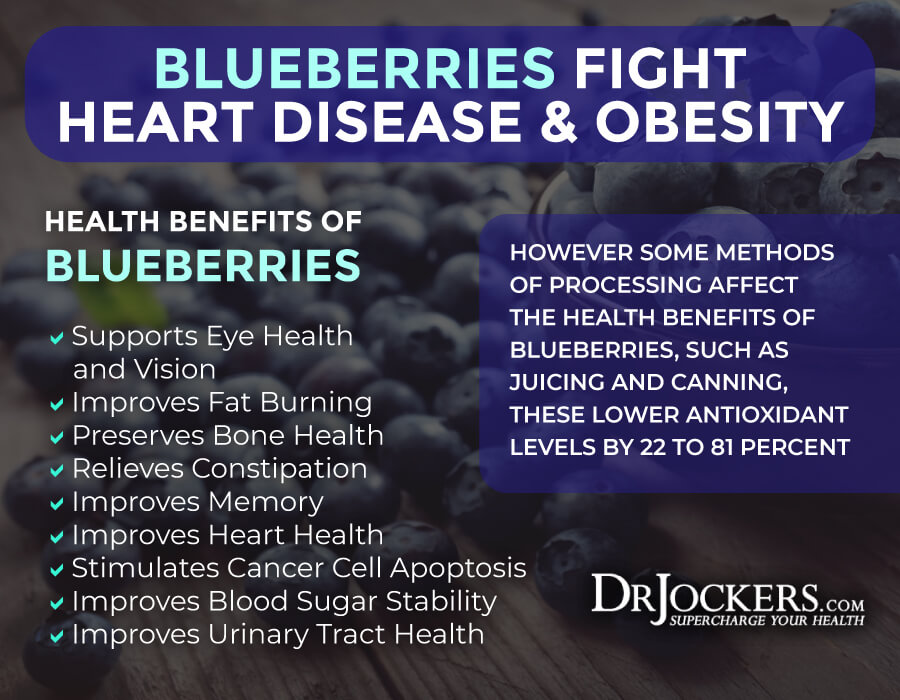
Believing the Packaging
Food labels can be deceiving. Many foods labeled “gluten-free”, “natural”, or “paleo” are loaded with sugar and other additives. Labels do not mean foods are a healthy choice, particularly if they are processed foods.
With there being almost 4000 FDA approved food additives, it is impossible to know all of them and their possible health consequences. That is one reason I recommend avoiding processed foods. If you are considering a processed food, it is critical to read the ingredient list. Even healthy foods, like refrigerated coconut milk, can have unhealthy additives.
Some additives to avoid are carrageenan, citric acid, caramel color, calcium chloride, diacetyl, EDTA, emulsifiers, ferrous gluconate, grape must, guar gum, artificial sweeteners, artificial and natural flavors, high fructose corn syrup, hydrolyzed vegetable protein, inulin, monosodium glutamate (MSG), trans fats, food dyes, sulphites, sodium nitrate/nitrite, BHA and BHT, potassium bromate, textured vegetable protein, phosphates/phosphoric acid, aluminum additives, soy lecithin, titanium dioxide, xanthan gum, etc.
Thinking All Meats are Created Equally
There is a huge difference from a health perspective between grass-fed or pastured meats and conventionally raised meats and between farmed and wild-caught salmon. One of the biggest mistakes I see people make at the grocery store is buying meat or fish without considering how the animal or fish was raised and what it was fed.
One example is red meat. Red meat can either be one of the best foods in a person’s diet or one of the most toxic. If the cow was raised in a pasture and fed a diet of 100% greens, it’s meat will be full of healthy fats and nutrients. If the cow was raised conventionally in confined spaces, fed GMO grains, and pumped with antibiotics and hormones, it’s meat will be highly inflammatory detrimental to your health. The same applies to wild caught vs farmed salmon. Always choose grass-fed, pasture-raised meats and wild-caught salmon.
Buying Premade Salad Dressings and Sauces
Premade sauces, dressings, and condiments are usually processed concoctions with toxic ingredients such as GMO oils, artificial sweeteners, and preservatives. Be sure to avoid these when shopping.
Most condiments and sauces are also high in carbohydrates and contain refined sugars. Marinara and tomato-based sauces are usually low-carb if there is no added sugar to the sauce. Unfortunately, most of these tomatoes sauces have sugar added.
There are some ketogenic salad dressings that I recommend. They are by Primal Kitchen and include flavors such as Ranch, Greek, and Green Goddess. Many of these can be found shopping at health food stores.
Another option to premade dressings and sauces is to make your own with avocado or olive oil. Add herbs and spices along with fresh lemon juice, lime juice, or ACV. You can even add MCT oil for an added ketone production.
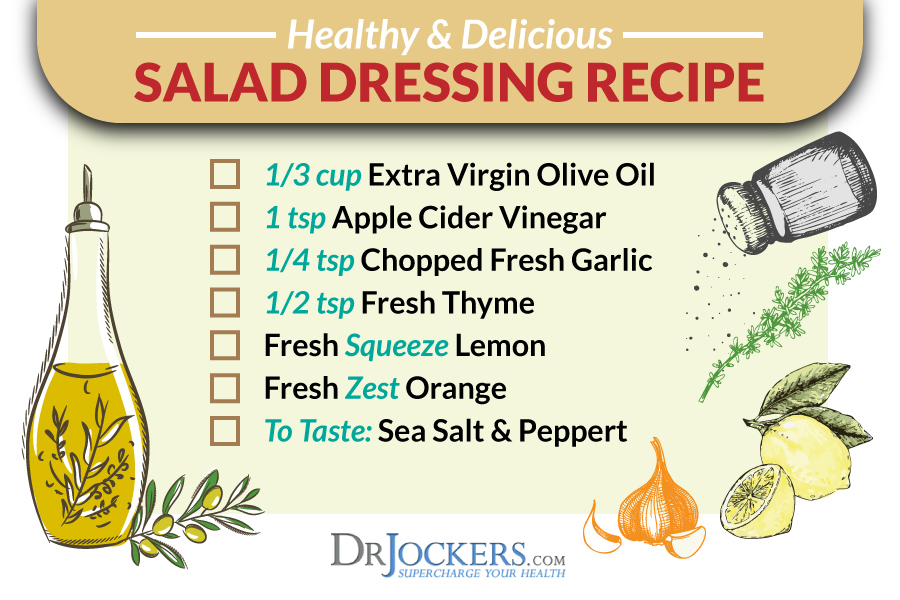
Not Knowing the Managers’ Names
The best way to make sure your store stocks the fresh, organic produce you want, is to know the managers. If your store doesn’t have organic cilantro or fresh turmeric root, ask the produce manager to order it for the next delivery. If your favorite store does not carry grass-fed meat or pastured chicken, ask the meat manager to order it for you.
Knowing the managers is also a great way to know when your store restocks. Ask the managers what days of the week major restocking happens and plan to go those days. On restock days, there is a better selection of the freshest meats and vegetables.
Summary
The ketogenic nutrition plan has numerous health benefits. The foundational foods on the plan are healthy fats (60-80%), clean protein (10-30%) and non-starchy vegetables (5-10%). By following the recommendations in this shopping article, you will be able to shop for success on a ketogenic diet.
In the produce section, choose non-starchy vegetables like leafy greens and crucifers. Low glycemic fruits on the ketogenic diet are berries, lemons, limes, and granny smith apples. You should always have nutritious avocados and fresh herbs on your grocery list.
When purchasing meat, choose grass-fed beef, bison or lamb. Wild-caught salmon and pasture-raised chicken are also terrific options. Be sure to avoid conventionally-raised meats and farmed fish.
Stock up on coconut products such as organic extra virgin coconut oil, coconut flakes, coconut butter, coconut wraps, coconut flour, etc. Olive and avocado oils are healthy oils to add to the shopping cart. Include herbs and spices to enhance the flavor and nutrition of your meals.
Nuts, seeds, and their butters are easy to incorporate into your ketogenic nutrition plan. For sweeteners, choose stevia or monk fruit. Bone broth greens powder and other superfood powders are a convenient way to add vitamins and nutrients to your diet.
In the refrigerated section, choose grass-fed cheese, butter and ghee. Organic eggs are nutritional powerhouses.
Avoid common mistakes while shopping. Buy frozen fruits and vegetables to have them on hand when you cannot get to the grocery store. Read ingredient lists carefully and do not believe the claims on the label. Buy grass-fed, pasture-raised meats and wild-caught fish rather than conventionally raised meats and fish.
Be careful with premade sauces, condiments, and dressings as these usually have additives and GMO oils. Finally, knowing the names of the managers is a great way to find out when the freshest foods will be in stock and to request foods that your favorite store may not carry.
If you are looking for a more detailed fat-burning, keto meal plan and recipes then check our complete Navigating the Ketogenic Diet program here:
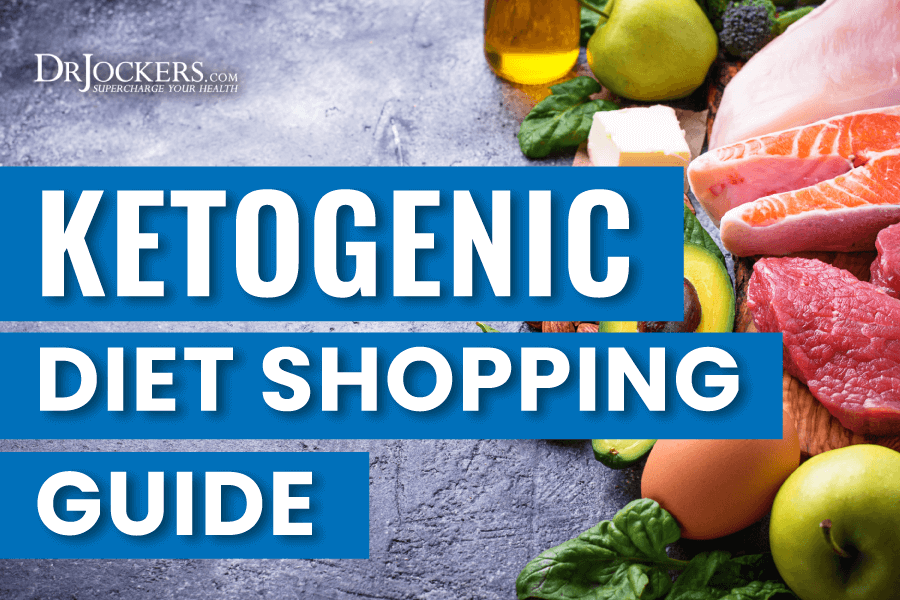
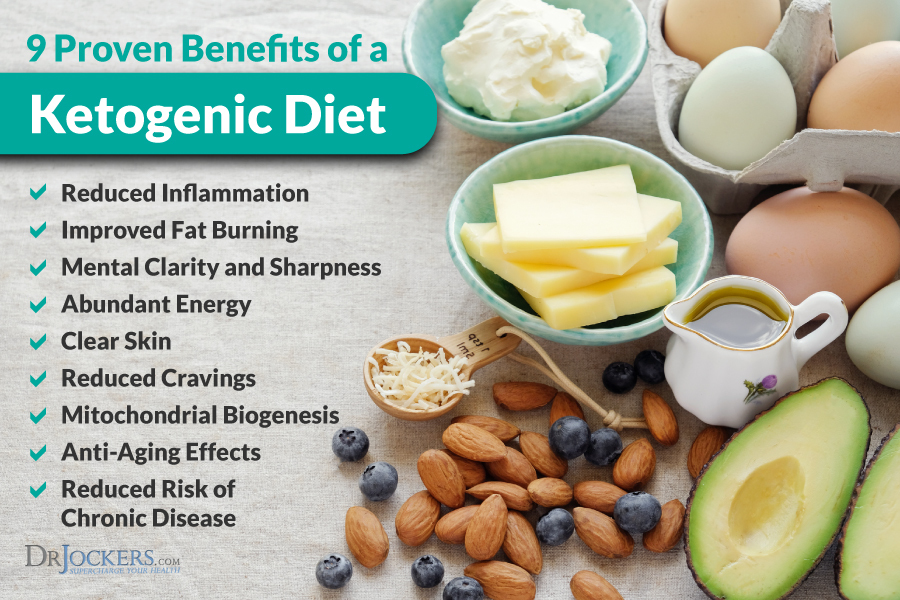

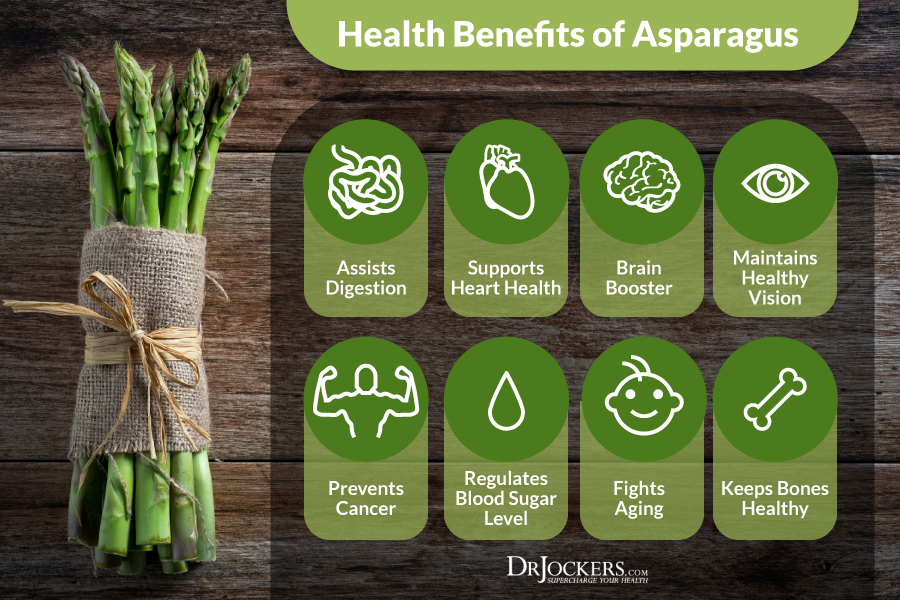
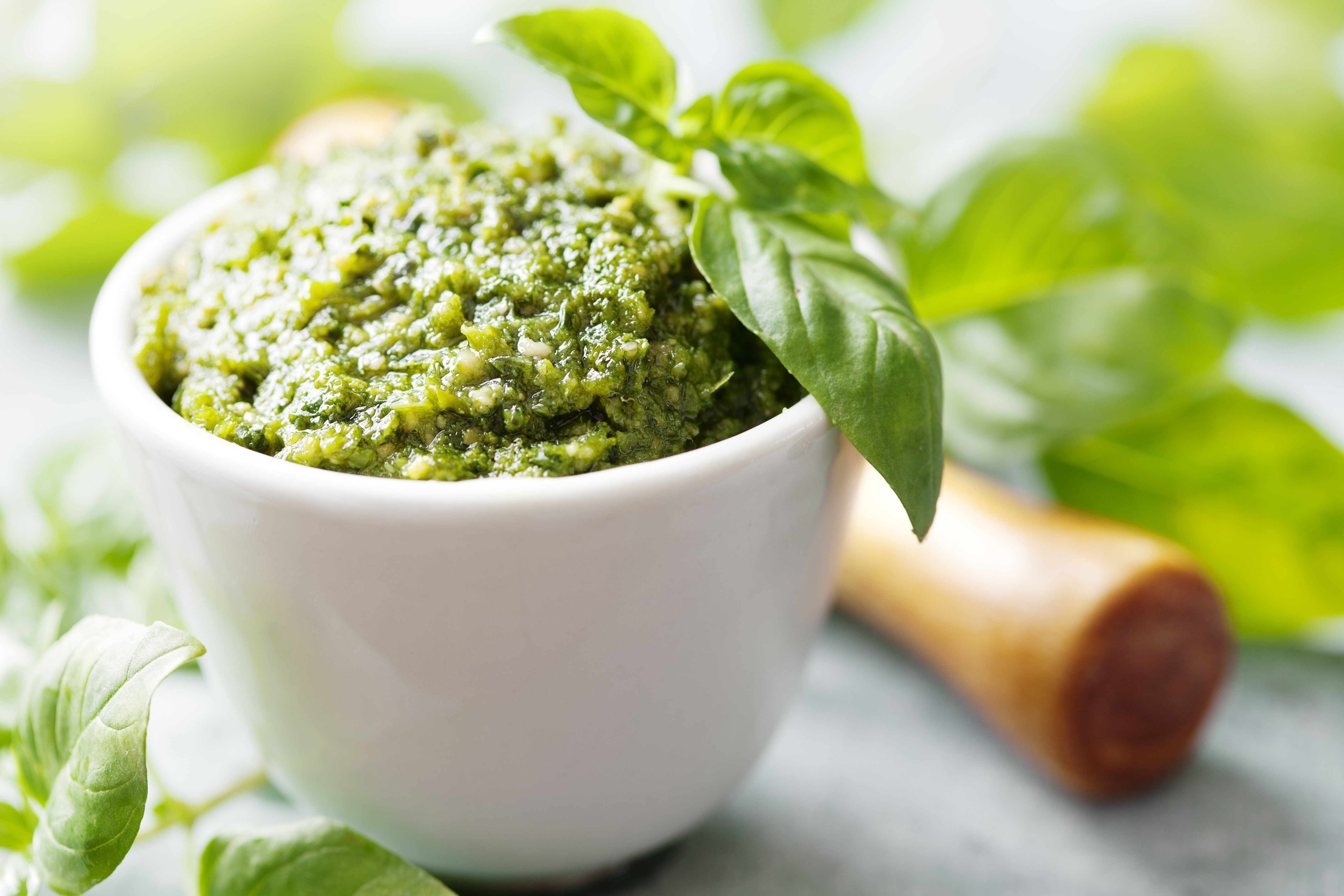
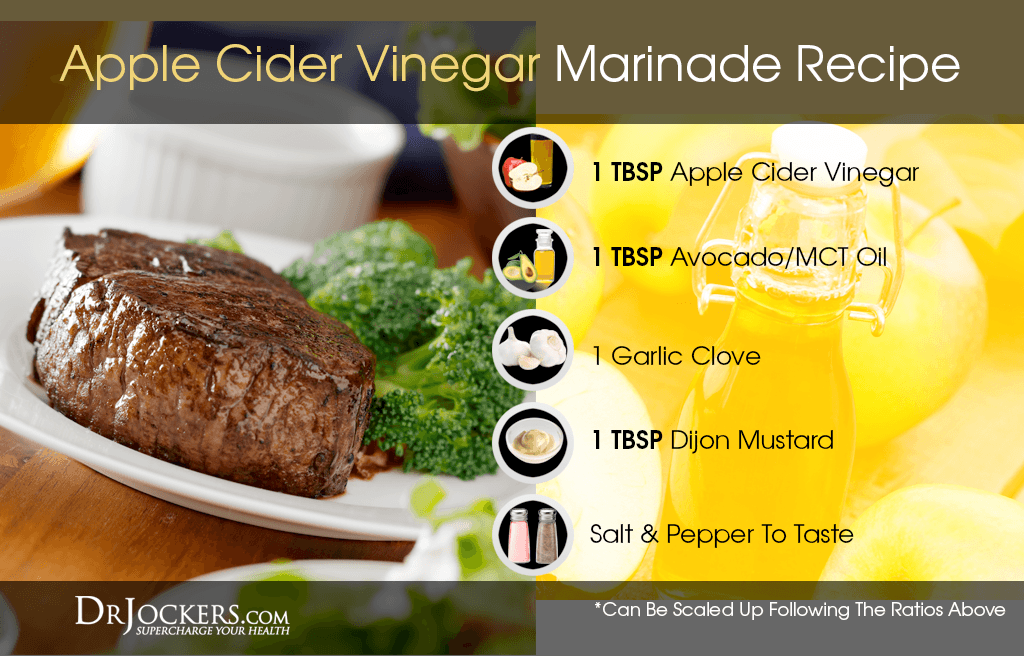
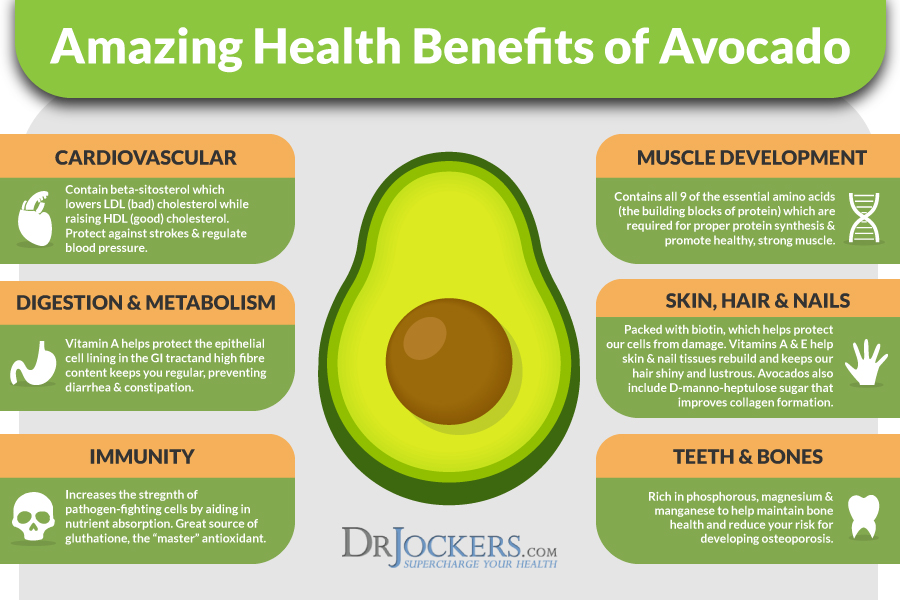

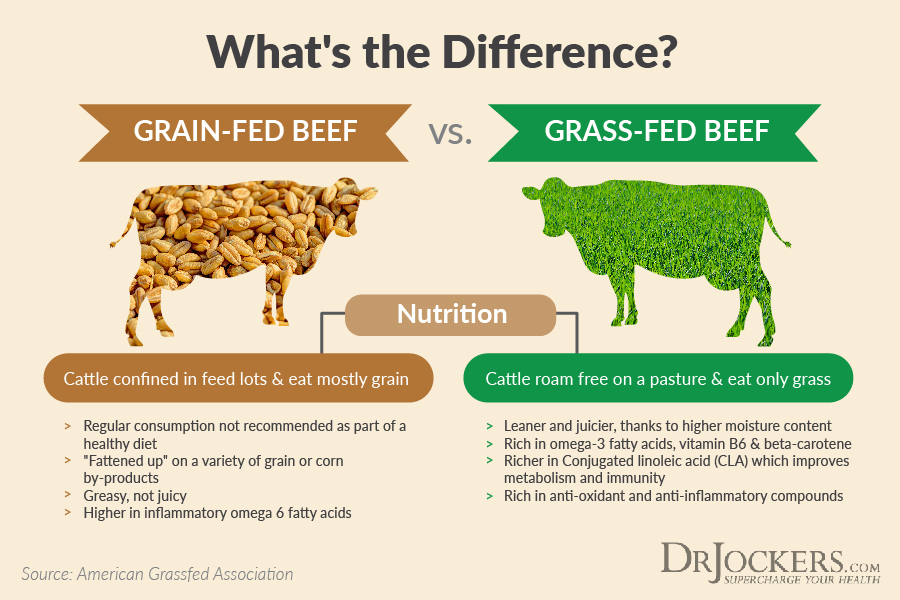


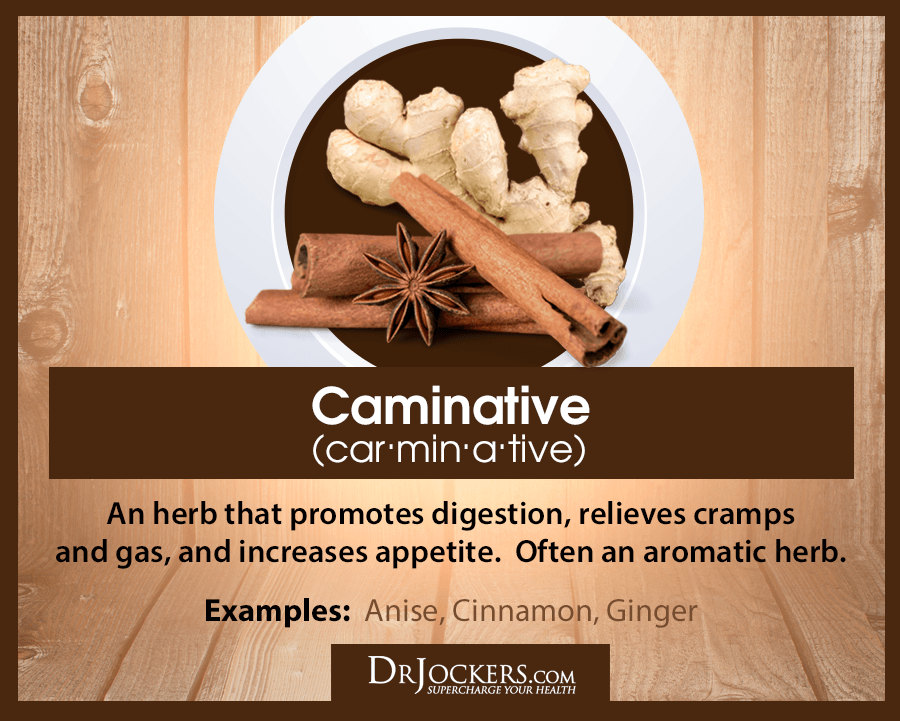

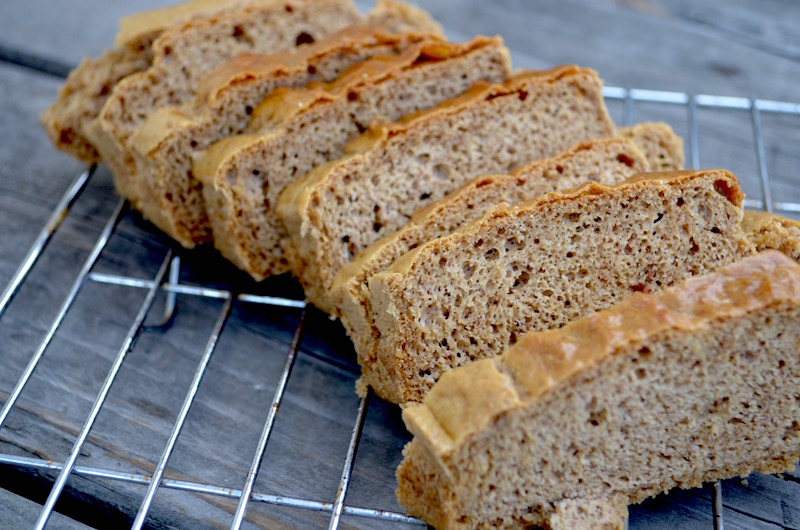
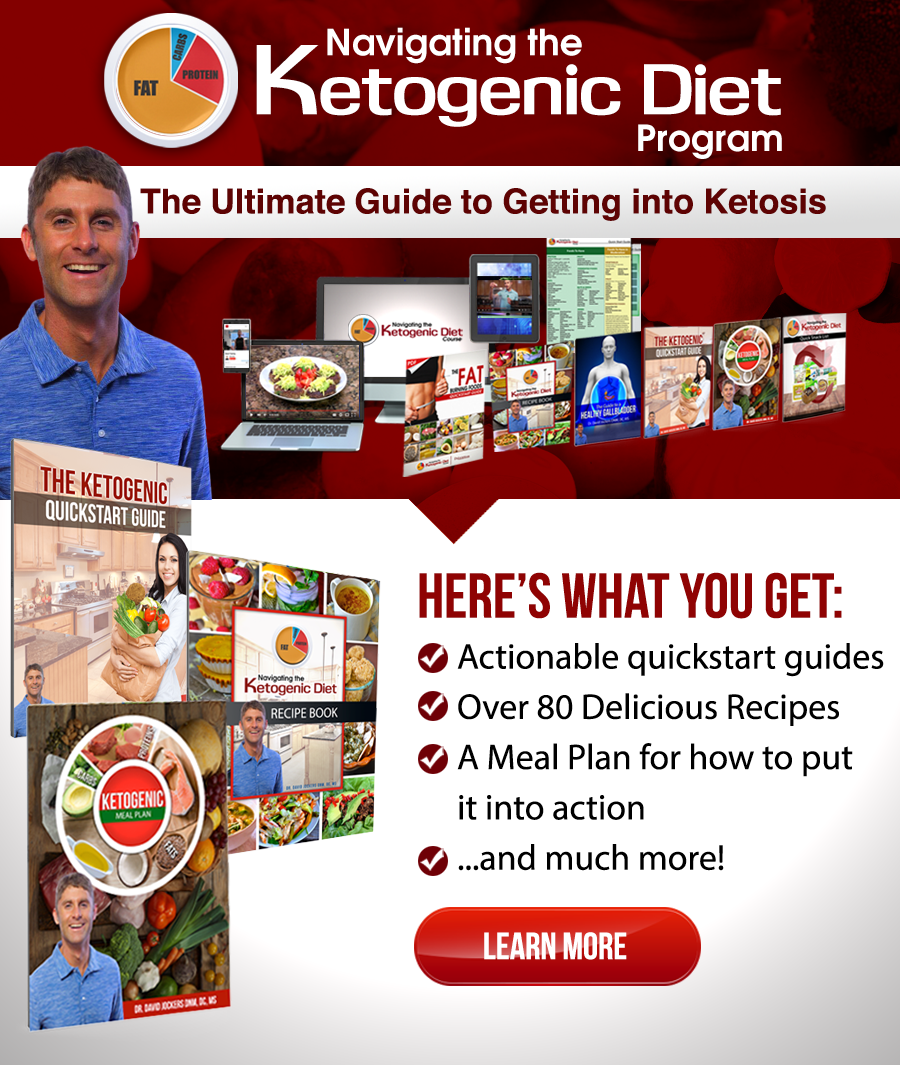

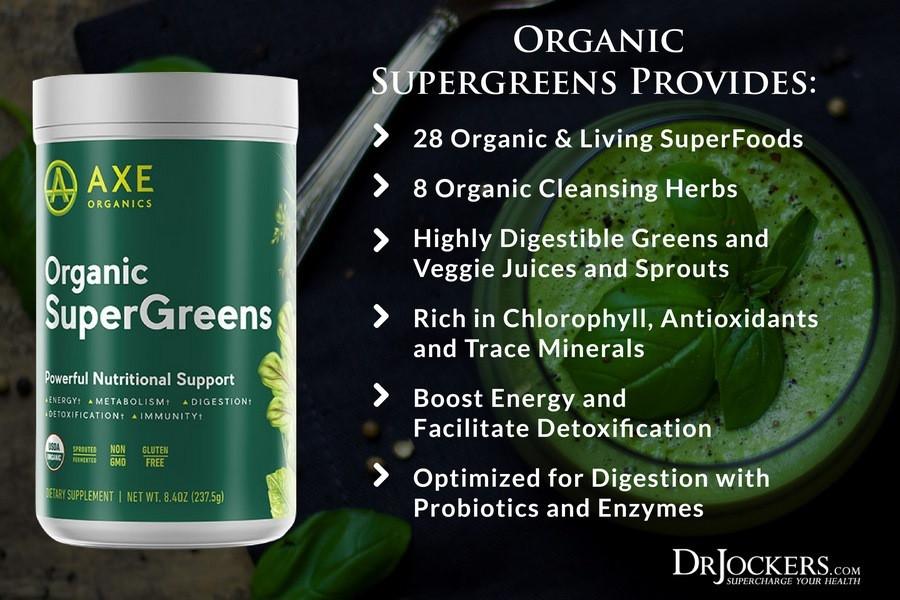

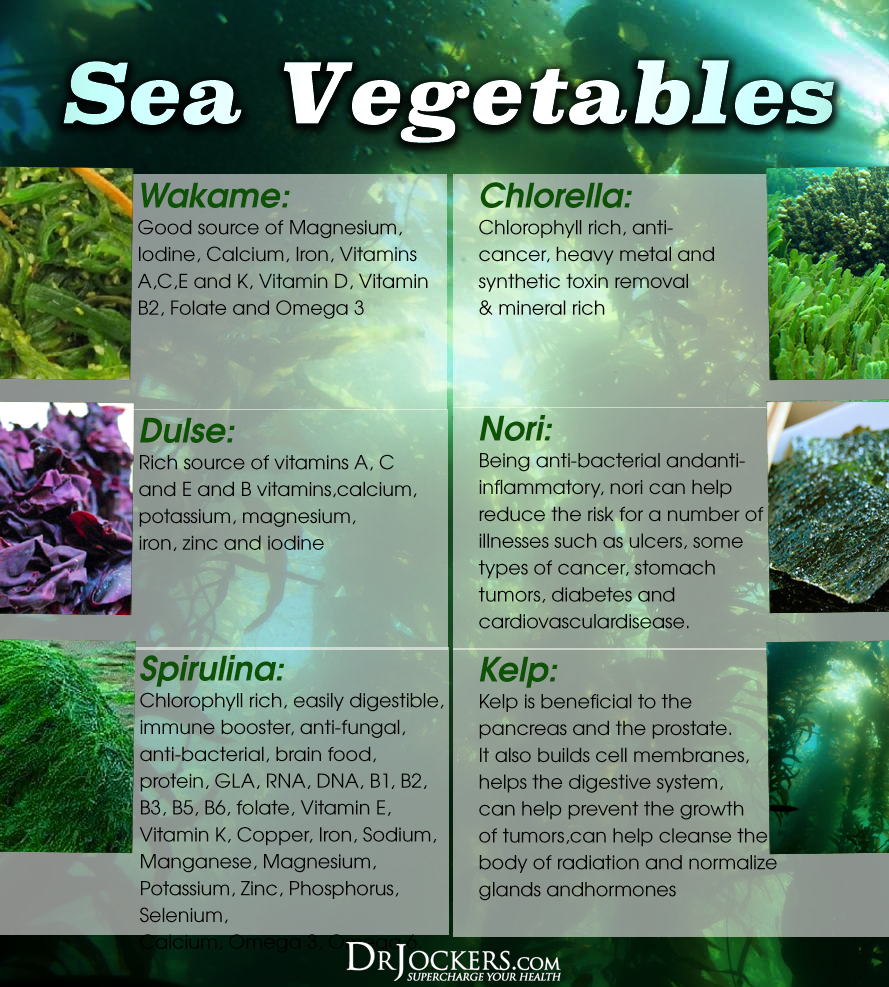



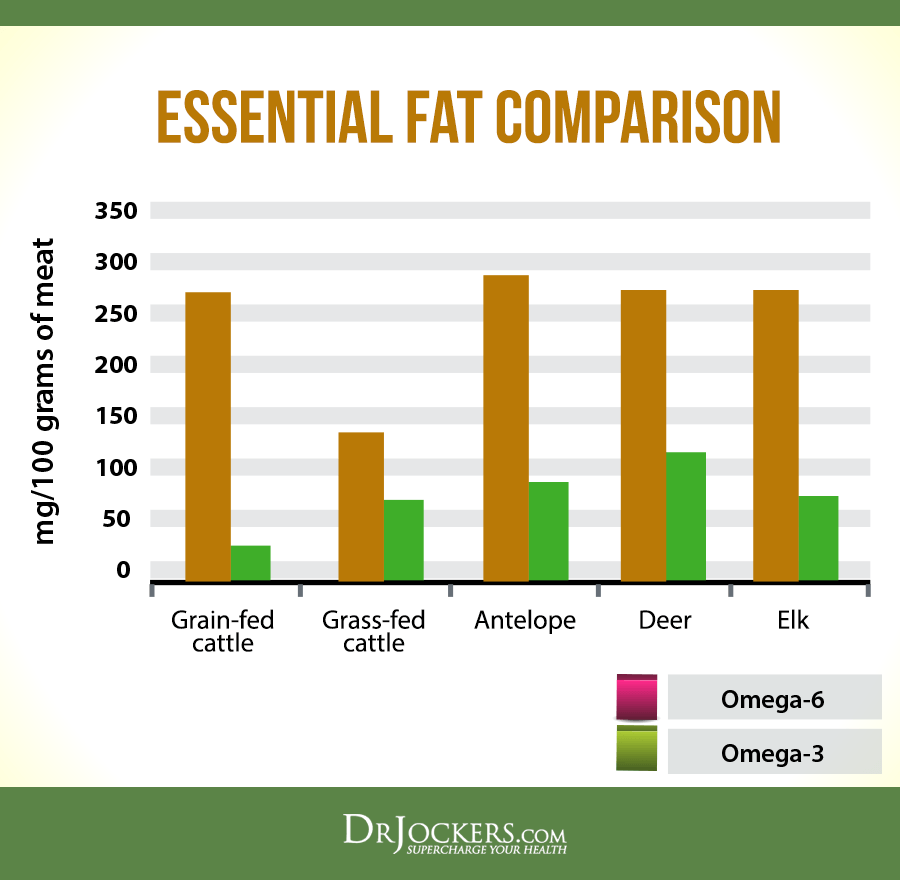

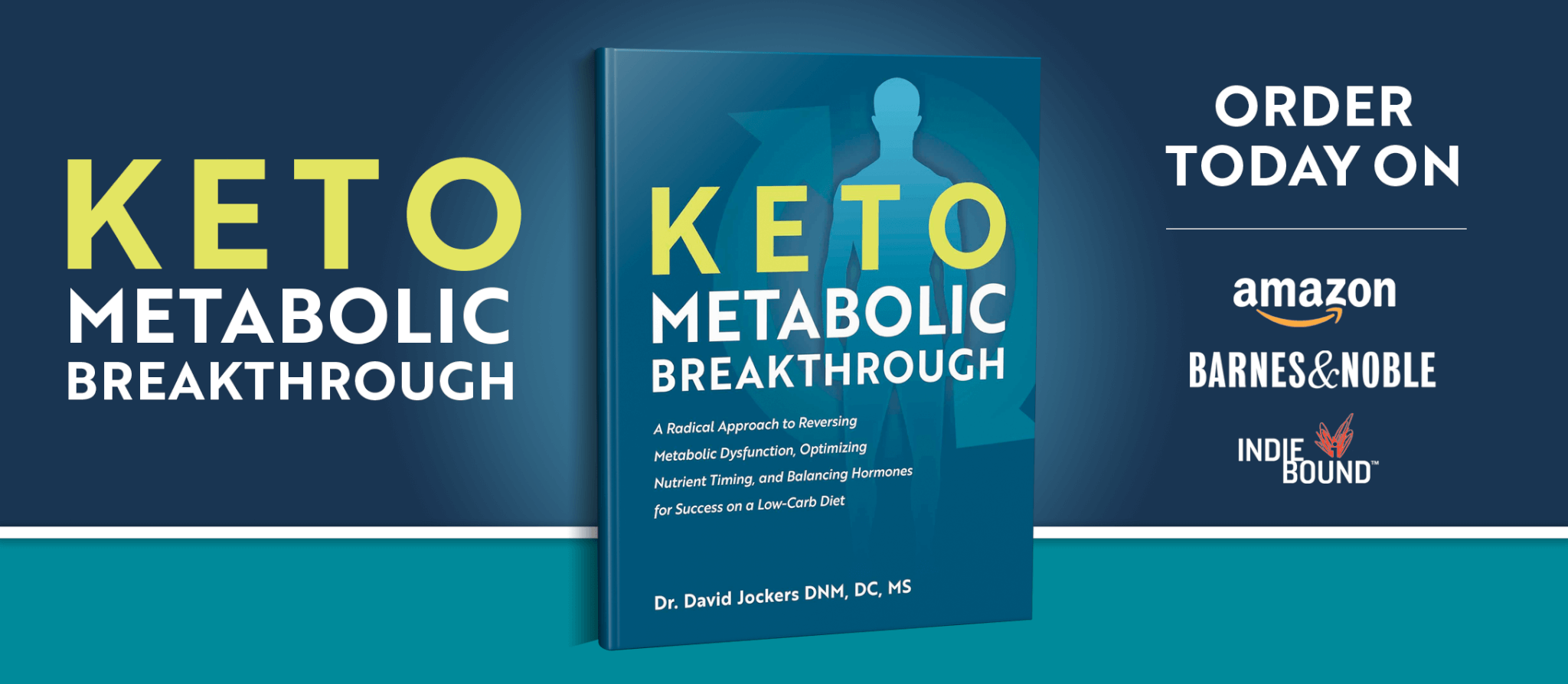


Great information. Would love to have this in a printed version to be able to refer to at later dates.